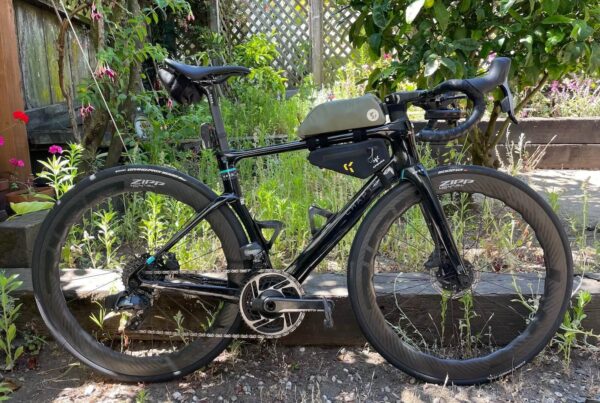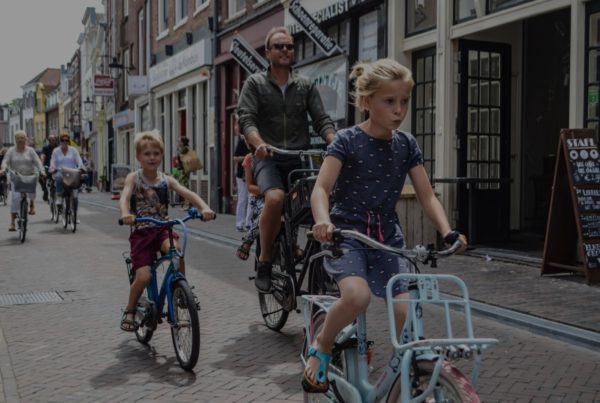This news article featuring Bob Mionske has been reproduced here for our media archives.
What can Idaho teach us about bike/car relations?
by Brian Howard
Published: Dec 1, 2009
The bike wars in Philadelphia have reached a fever pitch, where vitriol breeds rage breeds illogic — in the streets (see Fletcher, Rachel) and on message boards (see all bike posts on The Clog).
While there are certainly cyclists out there engaging in egregious and dangerous behavior, most of the invective seems to stem from stopping. Or rather, not stopping.
As a video posted recently by Trophy Bikes’ Michael McGettigan demonstrated, nobody — neither 40-pound bicycles nor 10-ton buses — comes to a full stop at stop signs if their path is unimpeded. That’s not legal. But it’s legal in practice.
It all got me thinking about Idaho. Yes, in that paragon of progressiveness, there has been a law on the books — since 1982 — that’s referred to in hushed tones by cyclists as “Stop as Yield.” What it says is that bicyclists, while governed by all other rules that apply to motor vehicles, may treat stop signs as yield signs and stop lights as stop signs. Which is to say that they must yield or stop when they do not have the right of way, but may proceed if they do.
It’s the de facto rule of the road for most cyclists. What’s legal in Idaho is essentially “safe but illegal” elsewhere. I borrow the term from Bob Mionske, Oregon-based former pro and Olympic cyclist and the best known bike lawyer in the country (check bicyclelaw.com or his book, Bicycling & the Law).
“[The Boise Law] brings illegal but safe behavior under the law,” said Mionske on Monday after hopping off his bike to answer his cell. “Right now cyclists have this Hobson’s choice between obeying the law and not taking forever to get there.”
The Boise Law has been advocated for in a handful of other places — Chicago, California, Oregon — without much success … yet. “It’s really easy in the soundbite world to say, ‘You’re just trying to make it legal to blow stop signs,'” admitted Mionske. But there are lots of practical reasons to consider Boise. “Cyclists tend to avoid streets that have stop signs because it’s too much of a hindrance. So they move over to the more traveled arterial ways.”
In other words, Boise Law would curtail interaction between cyclists and motorists. It would also, according to Mionske, encourage cyclists to use neighborhood streets and would reduce the amount of time spent in intersections where many collisions occur.
I bring up Boise because it seems that now is the time — with the makeup of the commuting public in flux — to enact progressive transit laws rather than the heavy-handed proposals brought recently by City Council that would simply create more barriers to an activity that’s made the city much more accessible to more kinds of people.
But would Boise be some magical elixir that would soothe the savage beasts?
Eh, probably not.
“If every cyclist obeyed every traffic law, do you think we’d have harmony?” asked Mionske. “No. Look at how motorists treat each other.”




Utah is poised to put a bill virtually identical to that of Idaho into play this session (2010). I need to write an op ed in support of the bill. Does anyone have any new statistics from Idaho pertaining to its safety? Is Oregon doing this again? Any other state looking at a similar bill?
Thanks,